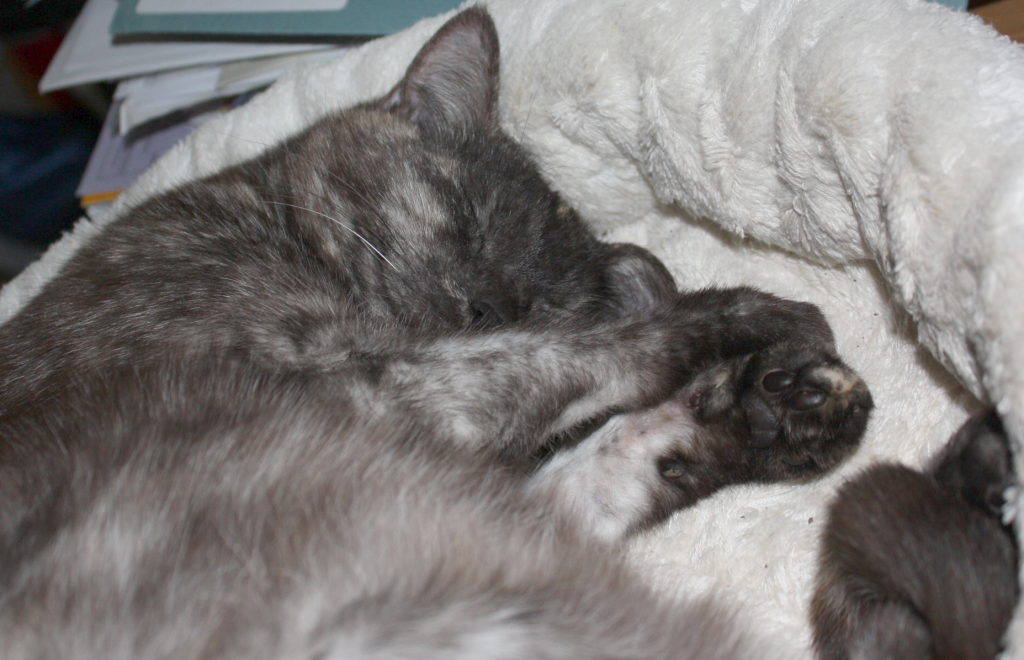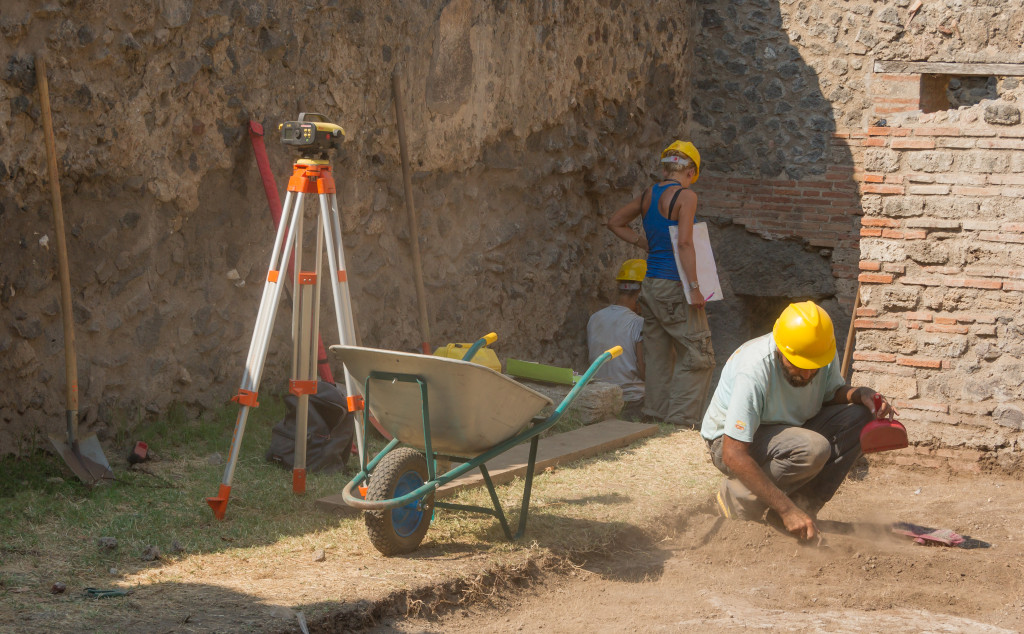Somehow I have accumulated a whole stack of things that wait to be shared, and since the holidays are very close now, I'd better start sharing them right away...
First of all, there are two calls for papers, both for sessions at the EAA, or more precisely the
22nd Annual Meeting of the EAA in Vilnius 2016 (31st
August –
4th September).
All relevant information about the EAA conference, conditions, fees, accommodation etc., can be found on the conference web page,
http://eaavilnius2016.lt/:1. Conference and membership fees and conditions:
http://eaavilnius2016.lt/registration-fees-and-conditions/2. Accommodation:
http://eaavilnius2016.lt/registration-fees-and-conditions/ and
http://www.vilnius-tourism.lt/en/information/accommodation/3. Guidelines for speakers and poster presentations:
http://eaavilnius2016.lt/general-info/guidelines/4. Deadlines:
http://eaavilnius2016.lt/general-info/deadlines/
Untold Stories: Technology, Linearity and Complexity in Archaeological Thought.
The material record naturally lends itself to long-term perspectives. In few areas is this as apparent as the study of technology, which has historically been closely intertwined with the disciplines of archaeology and anthropology. But has our focus on the long-term caused us to unwittingly shape a unilinear, technologically deterministic picture of the past? And is there something to be learnt from the parts of the story which have been pruned from this evolutionist model?
The papers presented in this session will explore examples of how our pattern-seeking approaches have excluded interesting aspects of the story of the relationship between humanity and technology, and the methods by which we can reinstate these. We argue in favour of complexity (but not as a rule); of the little details which can enrich or subvert archaeological grand narratives, while acknowledging that the latter are also an integral part of our discipline.
This session is intended to stimulate discussion of our current approaches to the archaeology of technology, and to consider ways in which they can be developed in order to inform broader theoretical and methodological developments.
The deadline for submissions is February 15. More info and abstract submission:
http://eaavilnius2016.lt/
And another session at the same conference:
TH1-13: ‘
Tradition and innovation in textile technology in Bronze Age Europe and the Mediterranean’ has been provisionally accepted in the theme "Interpreting the Archaeological Record", and the call for proposals of papers and posters has now been opened.
Textile craft with its complex technology and socio-cultural significance has been a key craft in the societies of Bronze Age Europe and the Mediterranean. However complex and socially and economically important, textile technology has often been considered as being rather traditional and non-innovative throughout many centuries of the Bronze Age.
The present session aims to examine textile technology in search for its traditional and innovative elements, through investigating the evidence of archaeological textiles, textile tools and their diachronic changes, botanical and faunal environment, textual sources and imagery of textiles and cloths. The session will focus on the Bronze Age in Europe and the Mediterranean, although papers referring to transitional periods from the Neolithic to the Early Bronze Age, and from the Late Bronze Age to the Early Iron Age will also be welcomed.
We particularly welcome all papers discussing various aspects of traditions and innovations traced in textile technology, especially these regarding raw materials and their processing, textile techniques, textile tools and equipment, organisation of textile production and dynamics of its specialisations, cross-cultural and cross-craft interactions, and changes of textile craft in relation to socio-cultural transformations of the past societies.
All paper and poster proposals should be submitted electronically at: https://www.eventure-online.com/eventure/welcome.form?type=abstract&congress=152_EAA&c=bd4350a3-56f9-46d1-8d66-514d76e0eb3c by
15 February 2016.
EXARC invites to a meeting called
Goals and perspectives for experimental archaeology and archaeological open-air museums, Leiden (NL), taking place March 10 to 13, 2016.
More about the meeting can be found here.
In addition, there's a PhD project in Glasgow, with a spot for a student. The research project will develop nanoparticles for the treatment of textiles found in the Mary Rose. More about this and contact for application can be found at the
Glasgow Textile Conservation blog.
And that's all conference and job links I have for now...






 "French archaeologists at work 2015 Pompeii" by Jebulon - Own work. Licensed under CC0 via Wikimedia Commons - https://commons.wikimedia.org/wiki/File:French_archaeologists_at_work_2015_Pompeii.jpg#/media/File:French_archaeologists_at_work_2015_Pompeii.jpg
"French archaeologists at work 2015 Pompeii" by Jebulon - Own work. Licensed under CC0 via Wikimedia Commons - https://commons.wikimedia.org/wiki/File:French_archaeologists_at_work_2015_Pompeii.jpg#/media/File:French_archaeologists_at_work_2015_Pompeii.jpg